Are you a sufferer of techno-fear? Best skip the next few pages, then.
Maybe you’re a Henry Ford fanboy and believe history really is bunk; that a new design is inherently better than an old one. Then the same goes, because the Mercedes-AMG E 53 is not just a smorgasbord of getting your geek on, it’s also a throwback – turning its back on accepted wisdom and re-embracing a better time. And doing a better job as a luxury car in the process.
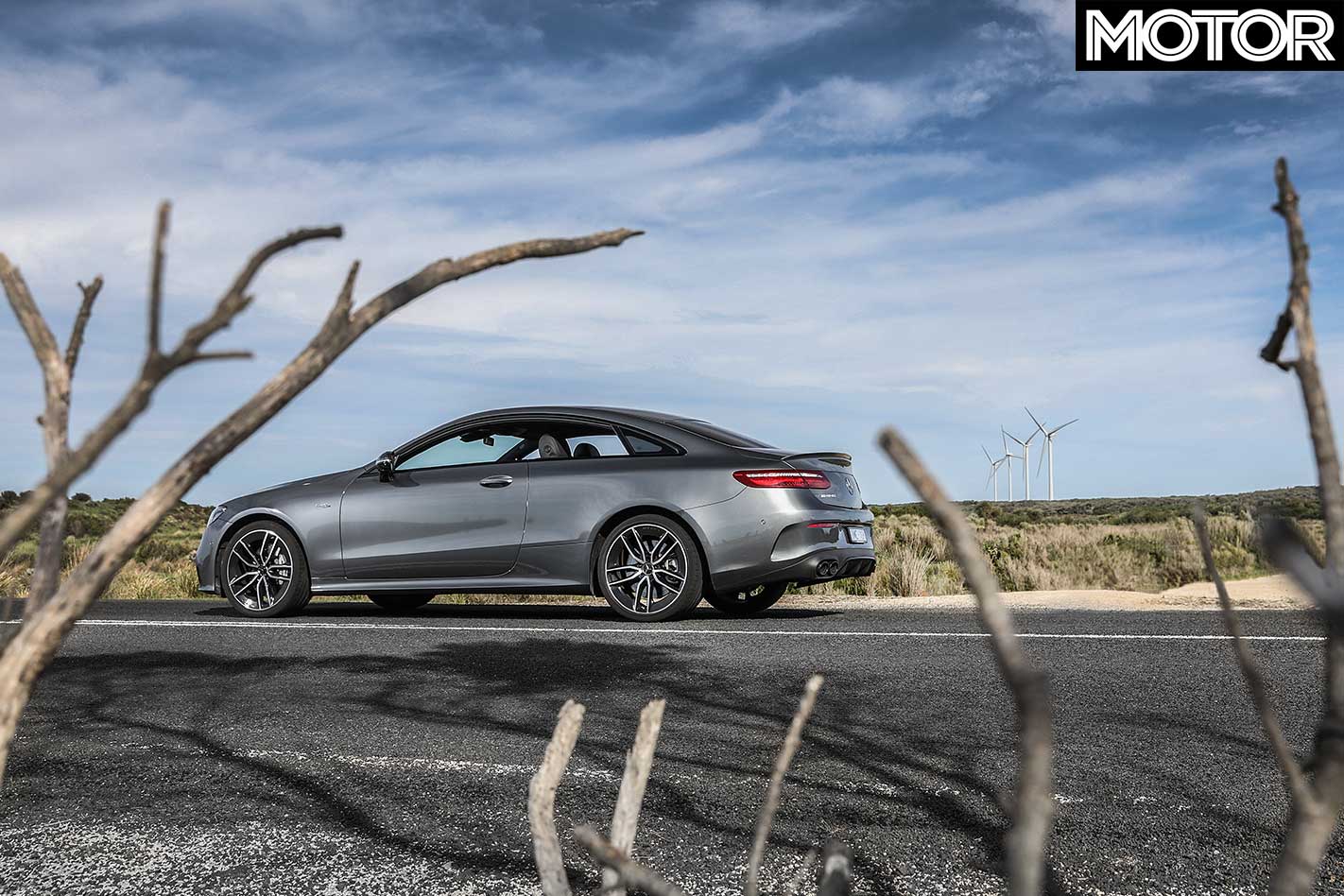
Let’s start by spinning up those propeller hats. EQ Boost? Mild hybrid? This is seriously edgy tech and it’s another way of extending the relevance of the petrol engine as we know it. I’ve said it before, but engineers work best when somebody (in this case emissions legislators) is shooting at them.
Fundamentally, what you have is an electric motor sandwiched between the AMG’s inline-six and the nine-speed auto. As well as acting as the car’s starter motor and alternator, the 48-volt electric motor can also add a 250Nm boot up the bum of the E 53 at low revs to overcome the turbo lag of the 3.0-litre and the inertia of a car that won’t give you much change from two tonnes.
The motor also provides off-throttle energy recuperation as well as powering stuff like the water-pump and air-con which traditionally have been belt-driven (and, therefore, parasitic, and have made the inline-six longer).
So how come the motor’s input is 250Nm, yet only 16kW? Science, old chook. It’s all down to the fact that torque is a measurable force (and an electric motor produces its maximum twist from zero revs) and power (kW) is an abstract. And since that abstract represents torque multiplied by revs, and the motor only chimes in at low engine speeds, the multiplication factor is small and the power stays low.
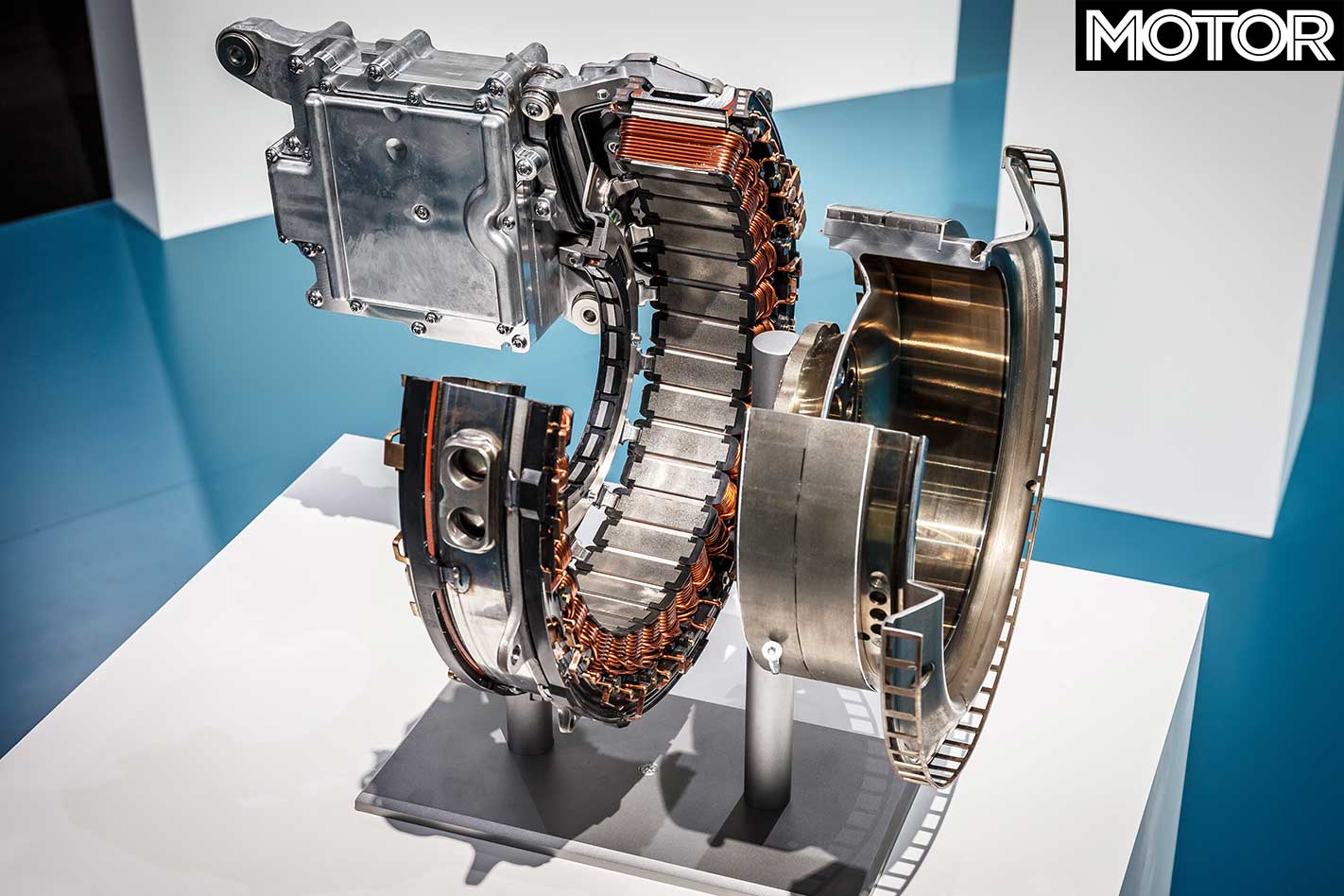
And why not bring the motor in at higher revs? Because by then, the electric turbo has weighed in, bulking out the torque curve before the gas-driven unit huffs up. Did I not mention the 48-volt electric turbo? Yep, there’s a bit going on here.
All up, you’re dealing with a maximum of 520Nm and 320kW with the full meat of the torque available from 1800rpm all the way through to 5800rpm, and that is about as flat as a torque curve can be without going full-electric.
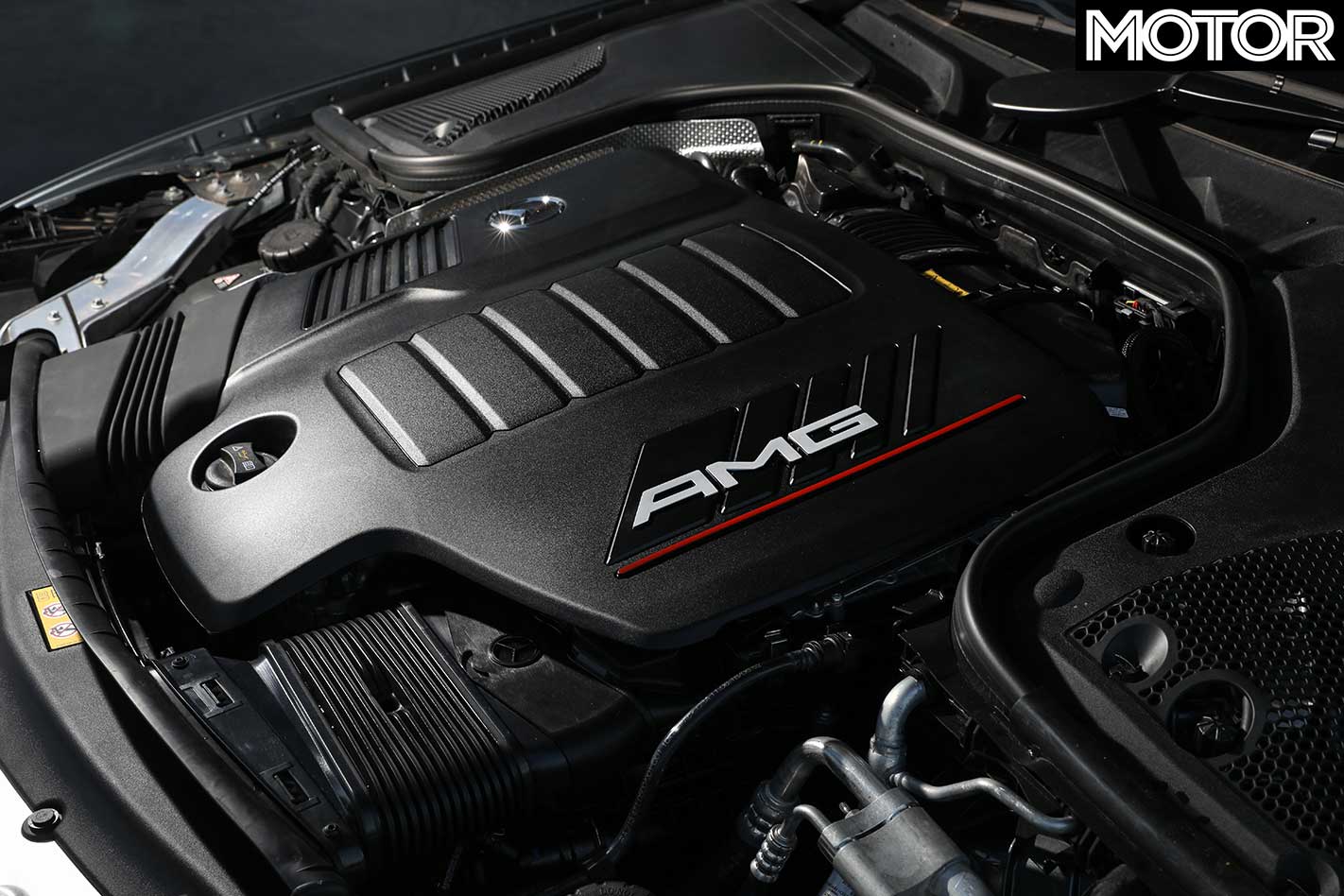
Power peaks at 6100rpm, which sounds a bit low, but is more to do with the turbo(s) having done their job by then and the auto’s (with a torque converter and lock-up clutch) ability to punt the whole show down the road on gearing rather than revs.
Meanwhile, what’s with the turning-back-the-clock inline-six? Bliss and common-sense, is what. The world abandoned the straight-six for the V6 years ago as the longer inline dude became harder to package (the planet was also embracing front-wheel drive) and imposed a sometimes less-than-optimal crash signature when you hurled it into the wall.
But some of us maintained that if you couldn’t get a full-sized, north-south engined car to zip up and crash properly, you weren’t trying. Turns out we were right.
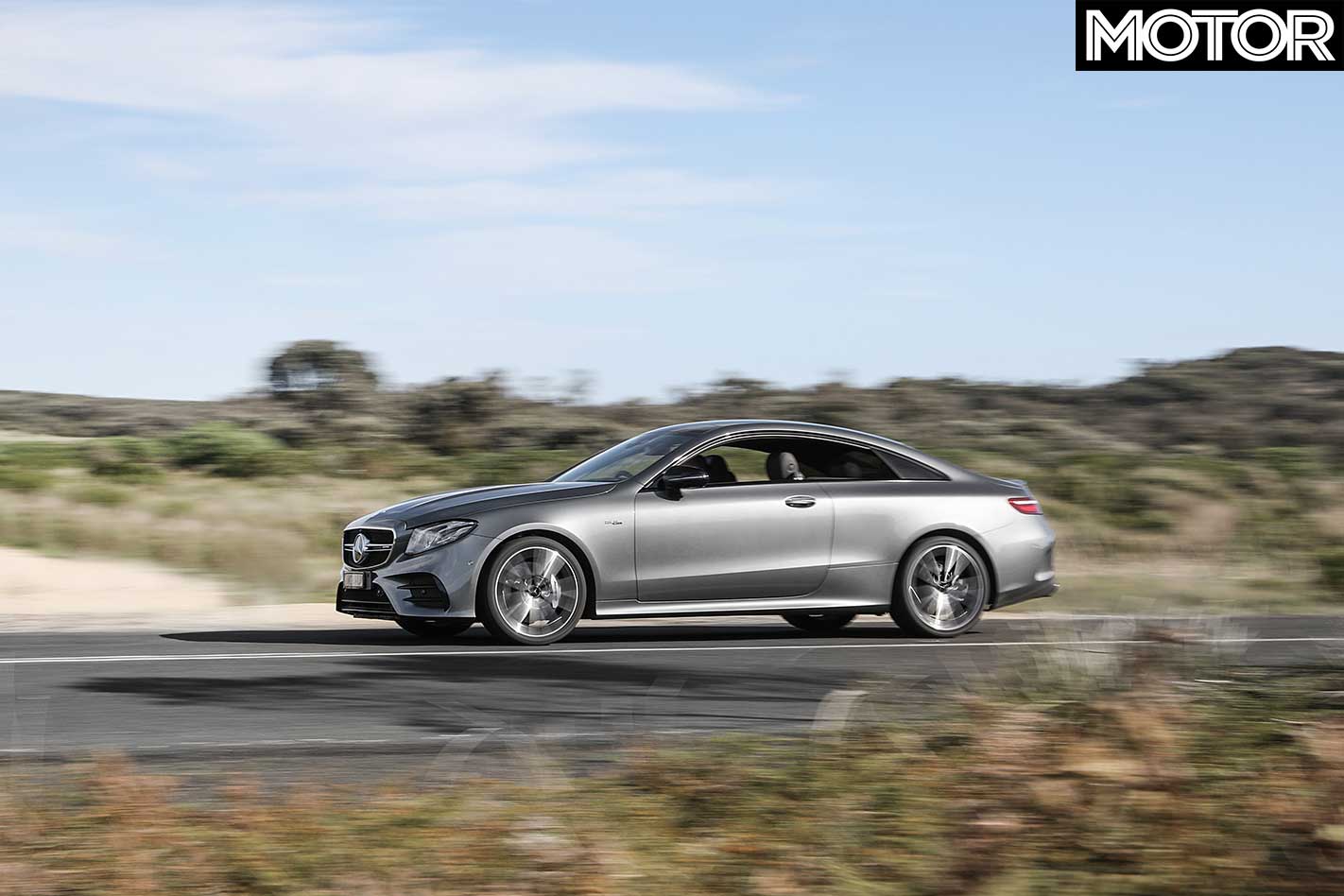
And once you’ve overcome those fears, you rediscover that an inline-six has perfect primary balance (even a V8 doesn’t have that) and the only real secondary imbalance is a rocking couple across the length of the crankshaft. So, yep, they can be very smooth. And this one is.
The familiar 4Matic+ all-paw platform uses an electro-mechanical centre diff to shift torque from the always-driven rear axle to the sometimes-driven front. The way it should be.
Plonking yourself down inside reveals an interior that is more Marie Curie than Marie Claire. But get used to that, because this next-gen of tailorable, smart displays isn’t going anywhere. That’s because they work and give you the option of what you get to see and what’s hidden away on a need-to-know basis.
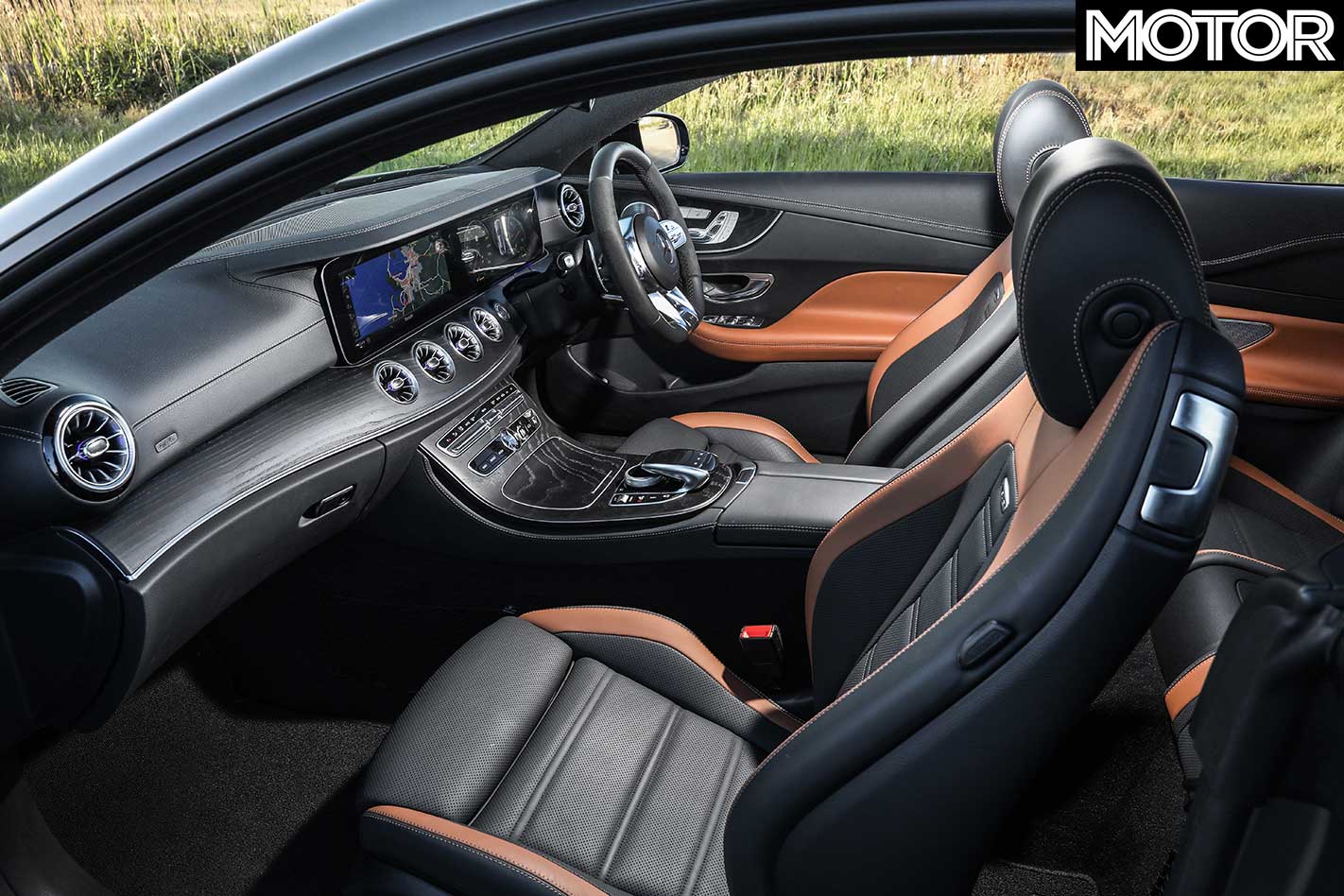
The media-controller seems like a bit of a double-up to me when there are also buttons that appear to do the same thing. Somebody less computer-dismissive may disagree. Equally weird are the air vents which display a disturbingly InSinkErator quality. As in, I wouldn’t stick my finger in one.
But if the interior looks slick, it’s nothing compared with that driveline. Even firing it up has you checking the tach to see whether it’s really running or not. The gentle, hushed start also makes the stop-start function less intrusive than it normally is. You may actually leave this one switched on. Big call, I know.
From there it only improves with a good step-off courtesy of the electric motor and a real ramp up until about 2000rpm when the thrust comes on hot and strong. The 48-volt turbo can get to 70,000rpm in 0.3 of a second and is over and out by 3000rpm while the electric motor weighs in up to 2500rpm.
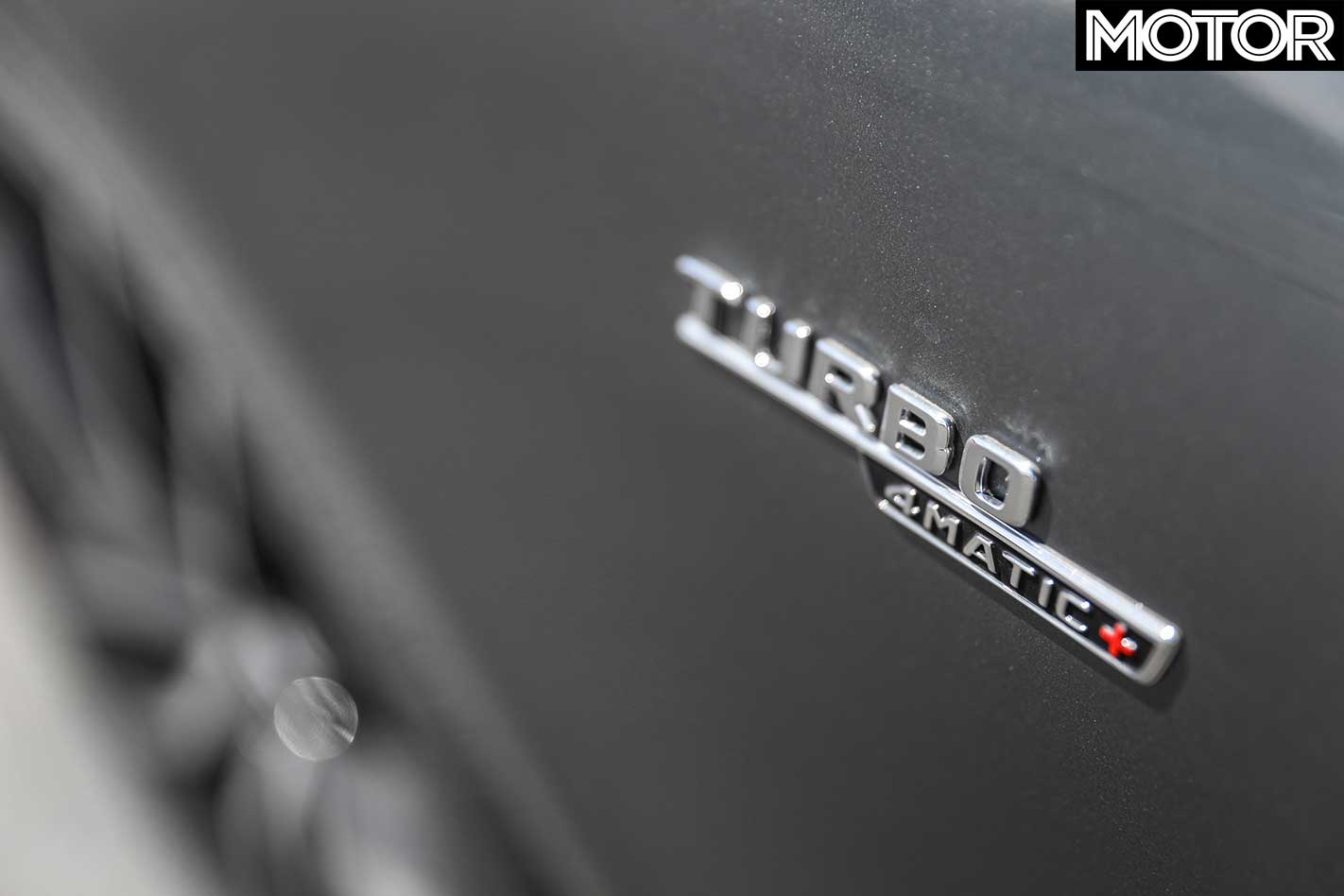
I honestly couldn’t discern the point where the motor handed over to the electric snail and then to the conventional turbo. It’s all utterly seamless and combined with the almost-can’t-pick-’em shifts from the nine-speed automatic (the electric motor uses torque to paper-over any shift-shock) it almost feels like you’re being squirted along by a jet of water rather than by pistons jigging up and down.
The engine has a great six-pot note, too, and while this will start a fist-fight in Stuttgart, it really does snarl like a 911 when you have the exhaust flap open and your boot on the floor. And pace? No shortage of that with the E 53 all but matching the factory claim (which is rarer than an accurate house-auction estimate). Which is to say that we managed 4.5sec for the 0-100km/h dash and a 400m time of 12.7sec at 177.7km/h.
To be brutal, it’s so refined and lacking frantic-ness that it doesn’t even feel quite that fast. But on the road, the bulked out mid-range is what counts and it’s here that even the 1400 revs the E 53 is pulling at 100km/h in top gear doesn’t matter. It’ll either pull that ratio without fuss or, if you tip in deeper, it’ll drop three or four cogs and blast off.
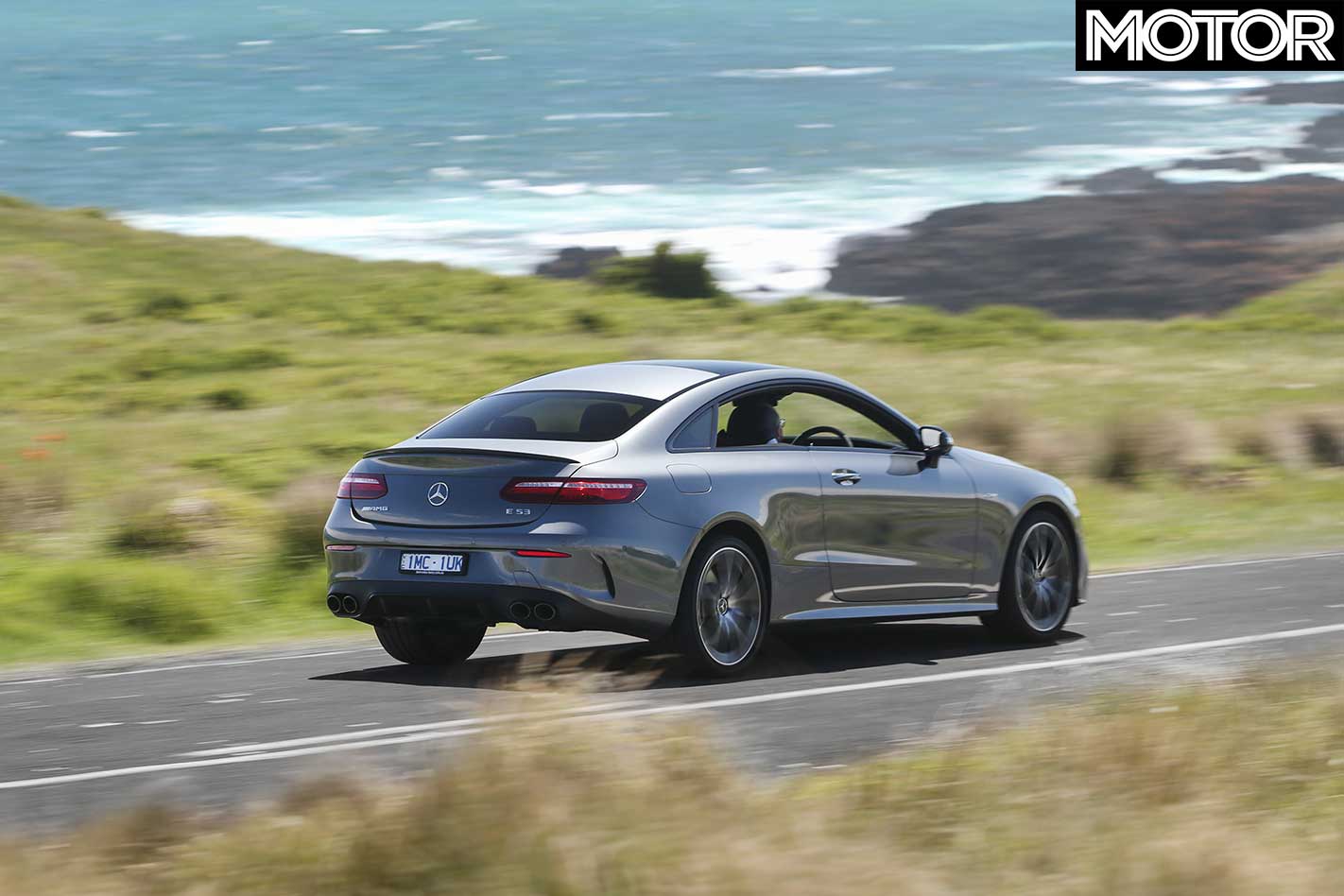
Dynamically, the only disappointing aspect is the fidelity of the steering. Sure, the front wheels are driving this time around and that’s usually a smack-down to tactility, but this time the tiller is really numb. Accurate still, but numb. A relaxed ratio does it no harm and although the spec-sheet says the driving modes alter the ratio, I couldn’t pick it.
If there’s one thing that has characterised AMGs lately, it’s been a ride that takes firm to new levels. But again, there are clues that the E 53 is designed to be different. There’s less difference in the way the air-suspension and adaptive dampers feel when switching from Sport to Sport Plus. But there is a decent improvement in plush when you switch back one more to Comfort.
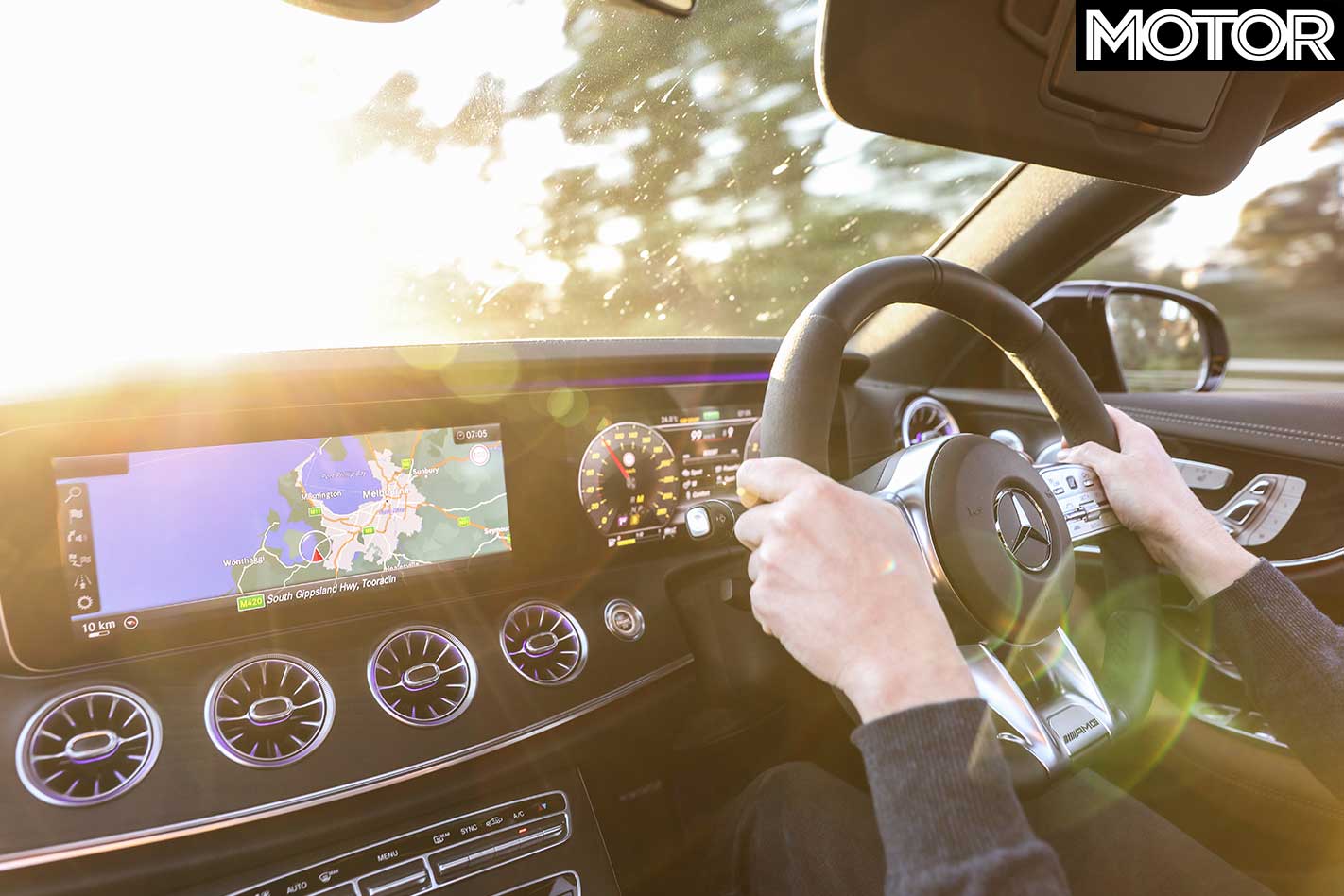
But here’s the thing, even in Sport Plus, the E 53’s demeanour is smoother, comfier and less edgy than the bloodied-urine ride of the E 63 S. And that’s on run-flats! It’s simply less brittle over pattery stuff, more compliant over big yumps and doesn’t take sharp road-edges personally. And all the while, the cornering is flat regardless of what mode you’re in.
And brakes? Loads of them. Enough, in fact, to haul her up in less than 36 metres and they don’t seem to need bulk heat in them, so the first stop is as good as the second and third.
I can’t help feeling that AMG is almost a little worried about just how good the E 53 is and what that might mean to sales of the E 63. And if I’m right, then that would explain how some of the E 53’s more apparent electronics have been calibrated. That starts with the cruise control that is active not merely in the recent sense of being able to see what’s holding you up and adjusting speed accordingly, but also, in this car, in offering to keep you out of the trees.
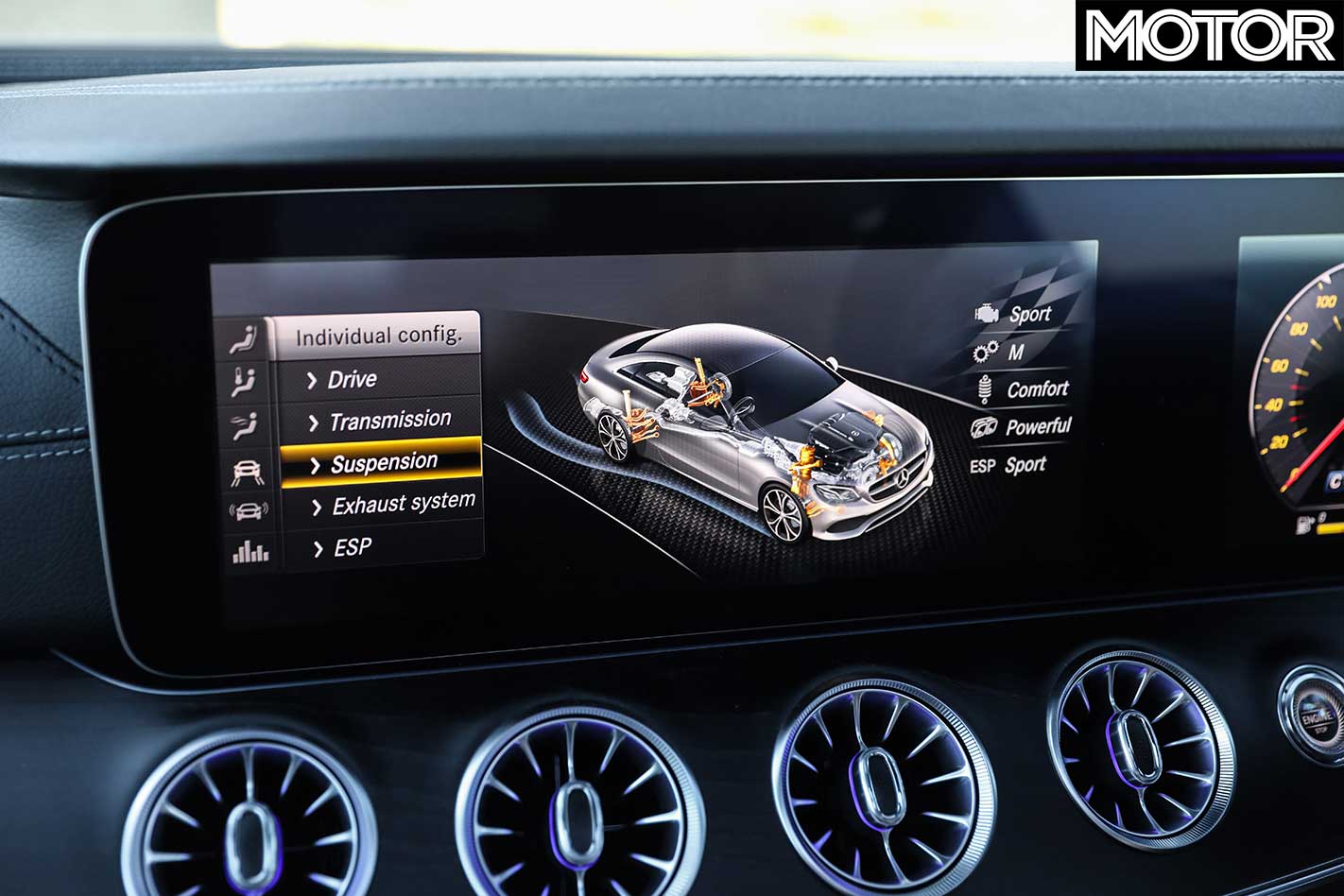
It does so by pre-emptively adjusting your speed down in corners or whenever there’s a rapid adjustment in steering angle. Problem is, it constantly assumes you’ve left the house without your padded helmet on.
Set the cruise for 110km/h on a winding road that you could cruiselessly hammer along at 140km/h, and the car will wipe off a handful of kliks as you turn. I’m tempted to assume it uses the ESP to do this, but the velocity hit occurs at a speed that seems well below the point at which you’ve started losing grip.
That there’s so much all-paw grip here in the first place, the sensation is only amplified. And you can’t turn it off, meaning, for me, that this luxo express only offers cruise-control on freeways. Straight freeways.
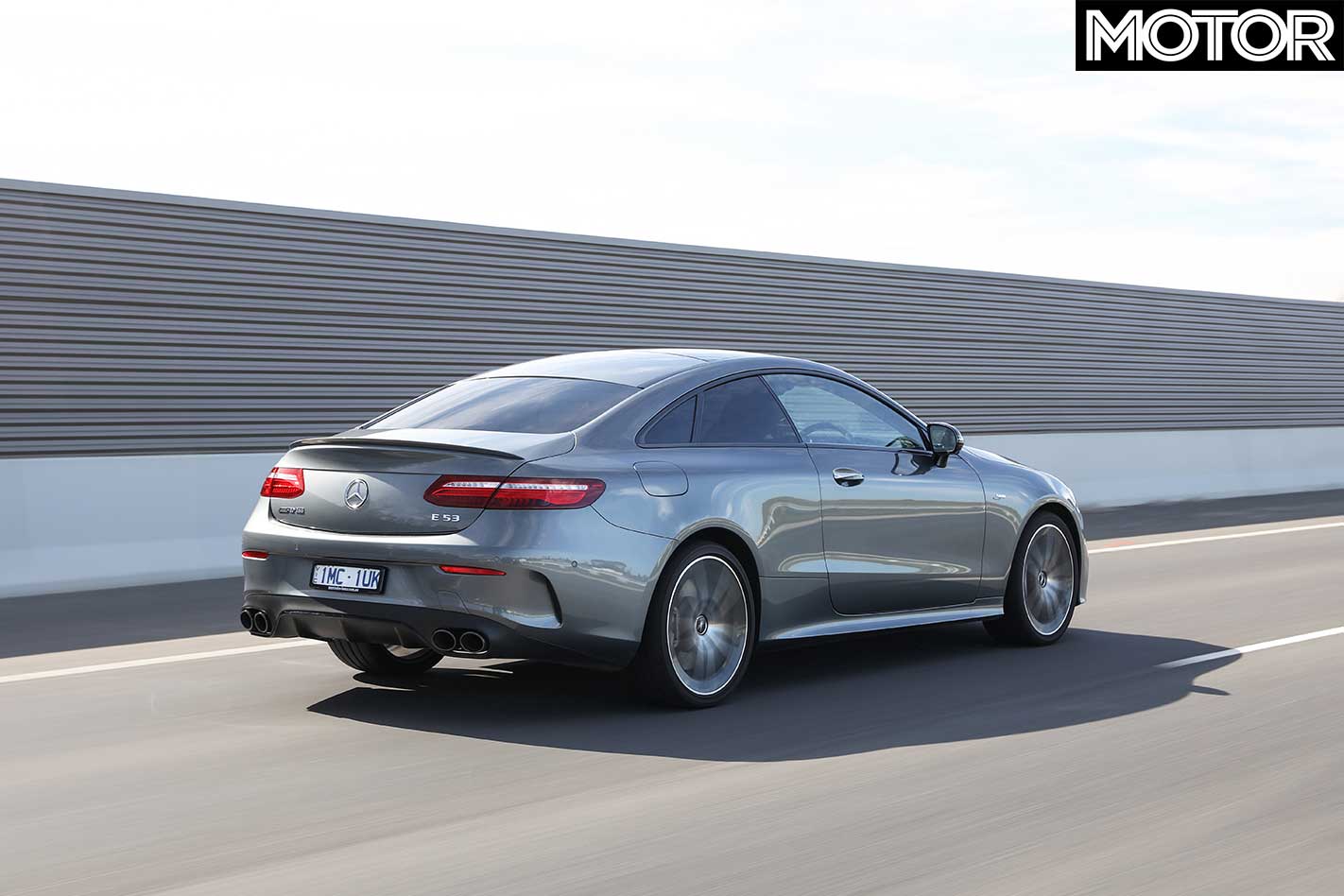
Even the ESP itself is a buzz-kill. It interrupts way before it should and, even though it’s less intrusive as you ramp up the drive modes towards Sport Plus, it’s still intervening before you’ve gone anywhere near the grip limit.
It’s at its most insistent when powering out of a turn, when it ignores its own grip and flat-lines the engine just when you want it to boost up and punt you onward. There are some serious algorithms at work here (making it truly active, rather than reactive), but none of them make me smile. And I’m not even looking for slides, just a brisk, even corner speed.

ESP that shuts you down before you’ve run out of grip is just a waste of expensive, sticky rubber. Yes, you can turn ESP off, at which point, in my case as an employee of MOTOR driving on a public road, I’m in contravention of company OH and S regs. Cue solicitors and the sound of insurance policies being torn up.
I can kind of see where AMG was going with all this just the same: you don’t want to cloud the E 63’s mission statement by offering something cheaper that is almost as capable. But you know what? For me, the E 53 is the one I’d buy.
I’d give me enough change to indulge my raw, red-meat V8 urges in other ways, yet it’d still be a terrific day-to-day car with plenty of ’tude. And if that plugs a gap that was previously existent in the AMG line-up, then this thing is a bulls-eye. Just gotta find a tuner who can re-map the ESP.
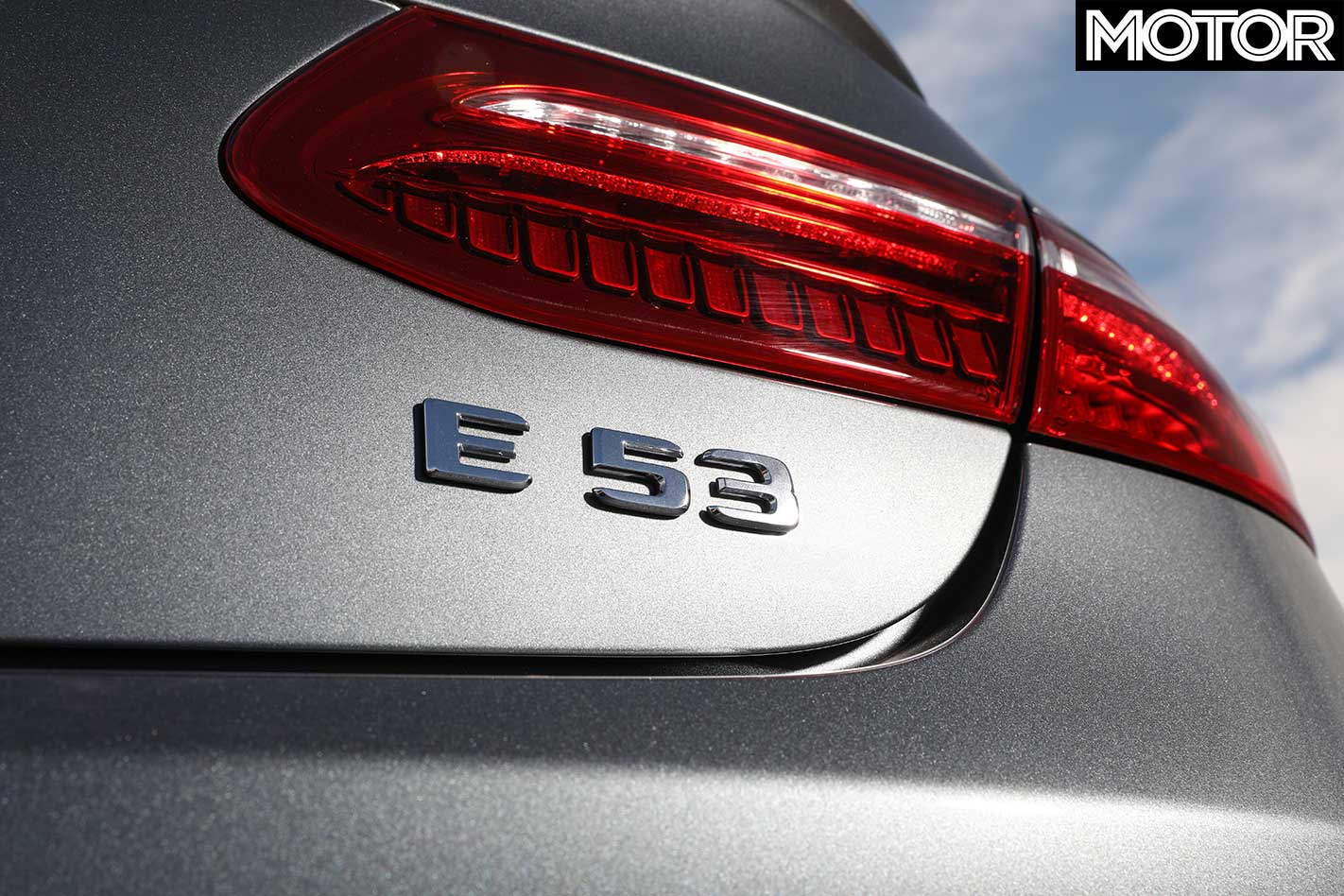
FAST FACTS 2018 Mercedes-AMG E 53 Coupe
BODY: 2-door, 4-seat coupe DRIVE: all-wheel ENGINE: 2996cc inline-6, DOHC, 24v, turbo, s/c, e-motor BORE/STROKE: 88.0mm x 82.1mm COMPRESSION: 10.5:1 POWER: 320kW @ 6100rpm (336kW combined) TORQUE: 520Nm @ 1800-5700rpm (770Nm combined) WEIGHT: 1895kg POWER-TO-WEIGHT: 168kW/tonne TRANSMISSION: 9-speed automatic SUSPENSION (front): MacPherson struts, air-suspension, adaptive dampers SUSPENSION (rear): multi-link, air suspension, adaptive dampers L/W/h: 4964/1852/1449mm WHEELBASE: 2939mm TRACKS: 1628/1598mm (f/r) STEERING: electrically assisted rack-and-pinion BRAKES (front): 370mm ventilated discs, 8-piston calipers BRAKES (rear): 360mm ventilated discs, single-piston calipers WHEELS: 20.0 x 8.0-inch (f); 20.0 x 9.0-inch (r) TYRES: Yokohama Advan Sport; 245/35 R20 (f); 275/30 R20 (r) PRICE: $173,900 (as-tested)
PROS: Return of the straight-six; seamless tech; luxe cabin CONS: Party-pooper ESP calibration; numb steering feel RATING: 4.5 out of 5 stars
The Strip
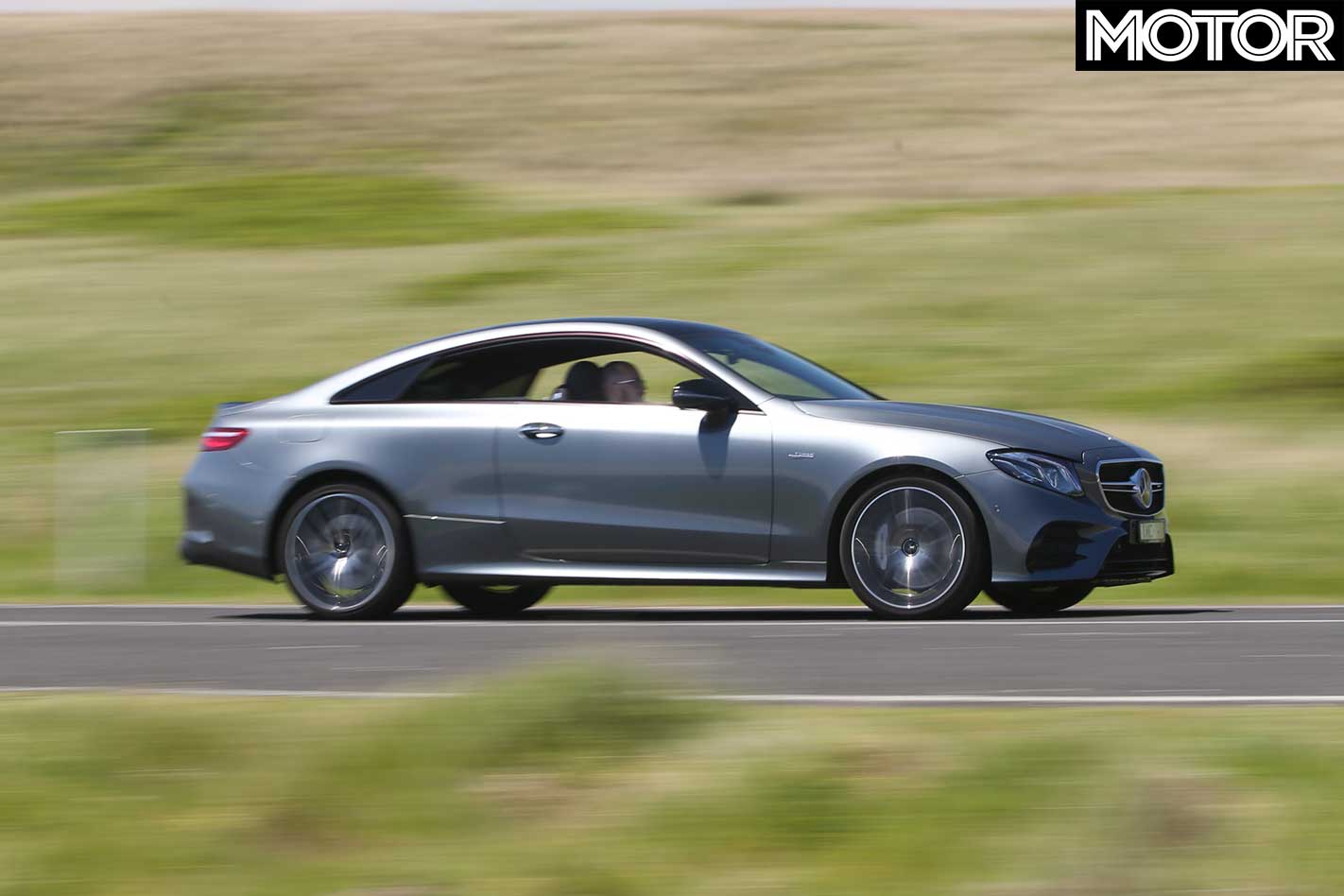
| Mercedes-AMG E 53 Coupe | |
| 0-10km/h | 0.26sec |
| 0-20km/h | 0.57sec |
| 0-30km/h | 0.96sec |
| 0-40km/h | 1.34sec |
| 0-50km/h | 1.76sec |
| 0-60km/h | 2.16sec |
| 0-70km/h | 2.67sec |
| 0-80km/h | 3.21sec |
| 0-90km/h | 3.80sec |
| 0-100km/h | 4.53sec |
| 0-110km/h | 5.26sec |
| 0-120km/h | 5.99sec |
| 0-130km/h | 6.90sec |
| 0-140km/h | 7.91sec |
| 0-150km/h | 8.94sec |
| 0-160km/h | 10.11sec |
| 0-170km/h | 11.49sec |
| 0-180km/h | 12.68sec |
| 0-400m | 12.68sec @ 177.70km/h |
| 80-120km/h (Drive) | 2.94sec |
| 100-0km/h | 35.90m |
| Speed in gears | |
| 1st | 50km/h @ 6450rpm |
| 2nd | 82km/h @ 6450rpm |
| 3rd | 118km/h @ 6450rpm |
| 4th | 163km/h @ 6450rpm |
| 5th | 218km/h @ 6450rpm* |
| 6th | 250km/h @ 6050rpm* |
| 7th | 250km/h @ 5260rpm* |
| 8th | 250km/h @ 4350rpm* |
| 9th | 250km/h @ 3690rpm* |
Heathcote Dragway, 13˚C, dry. Driver: David Morley *Manufacturer’s claim Official timing supplier – VBOX Australia




